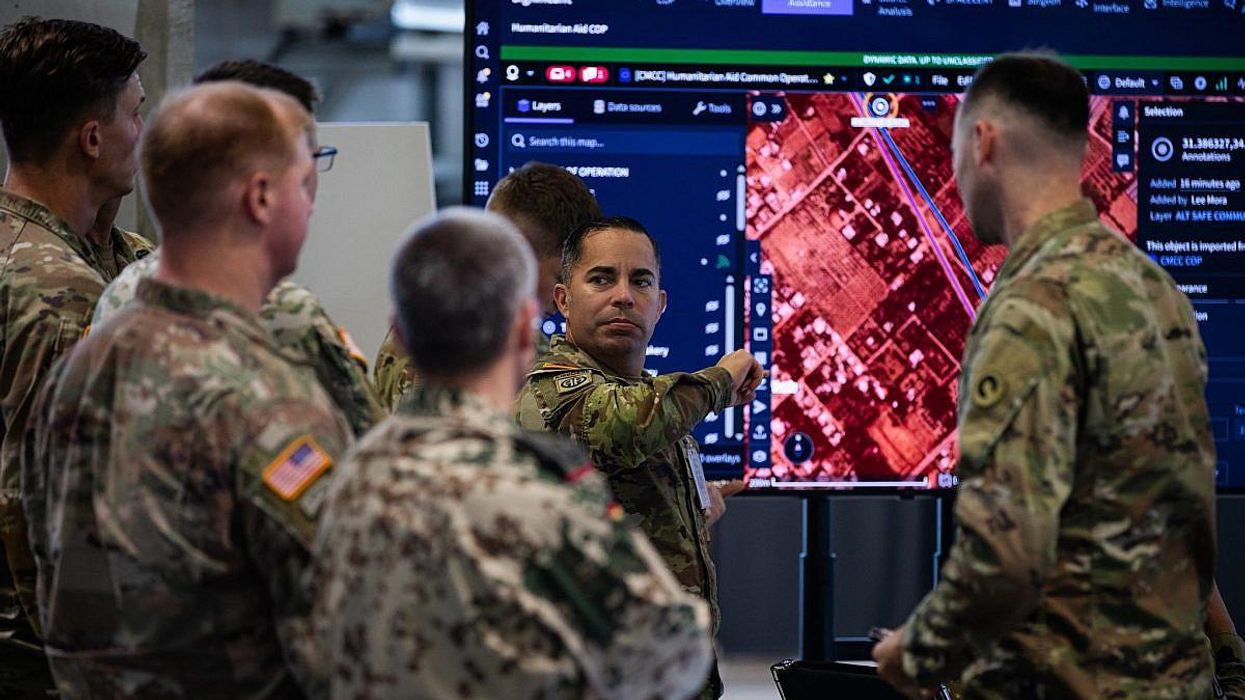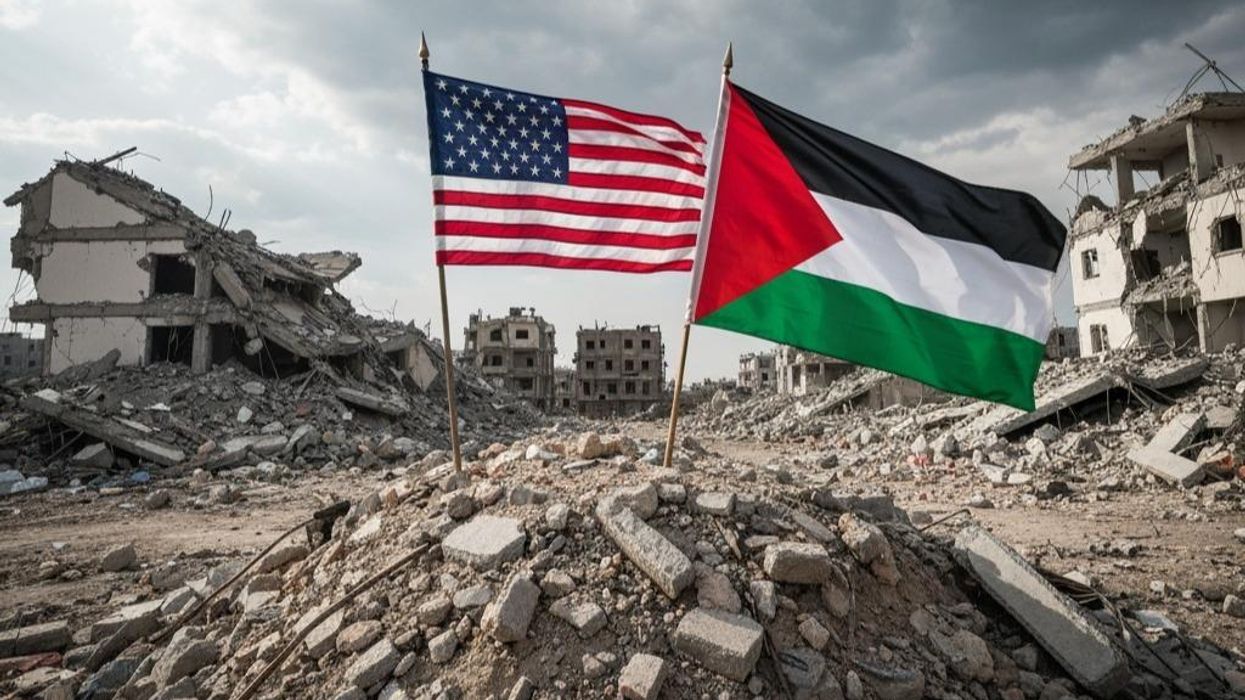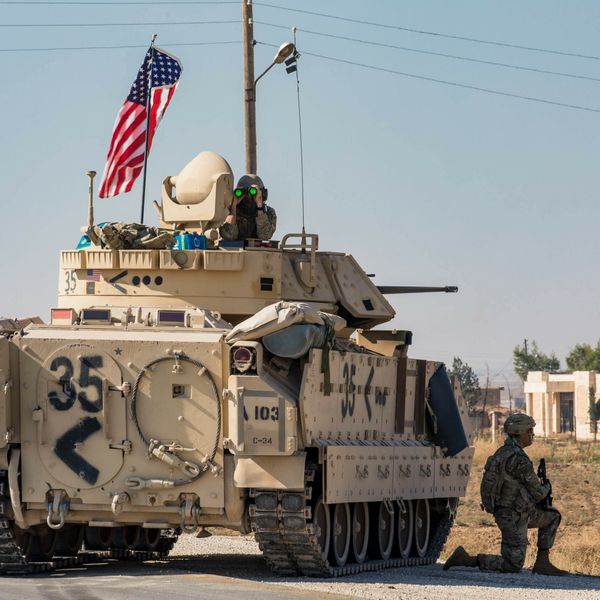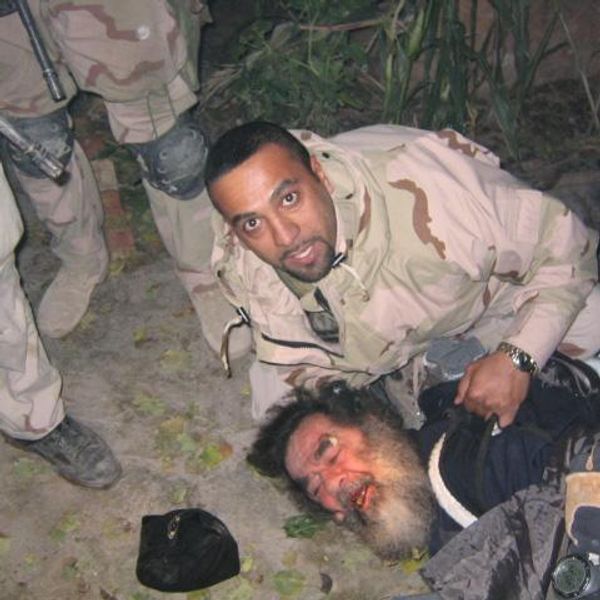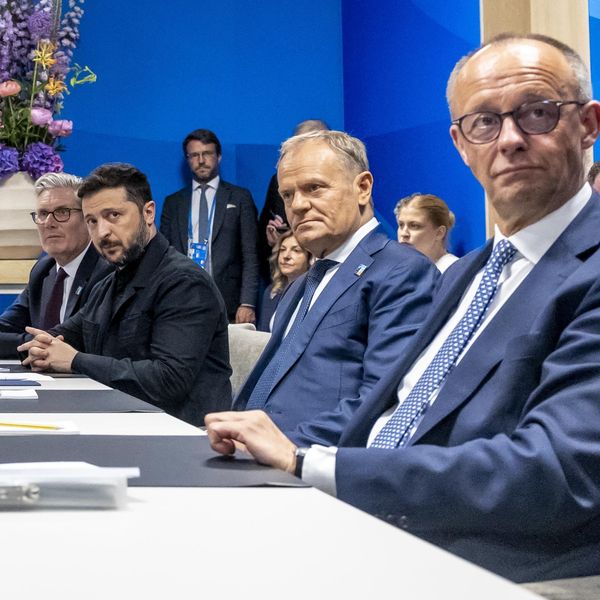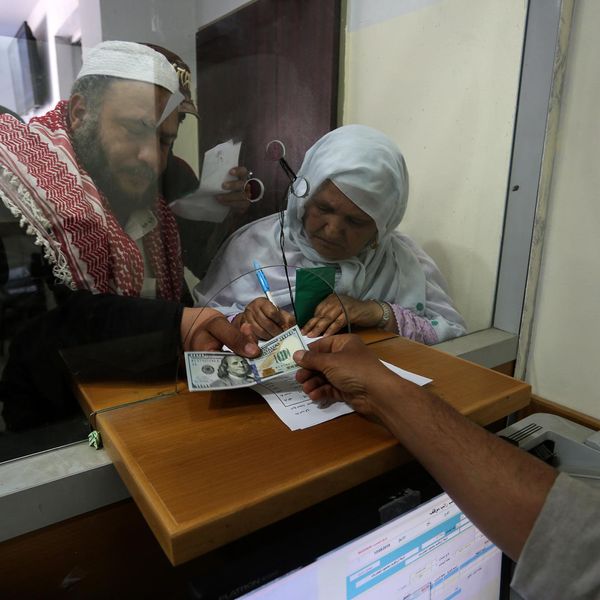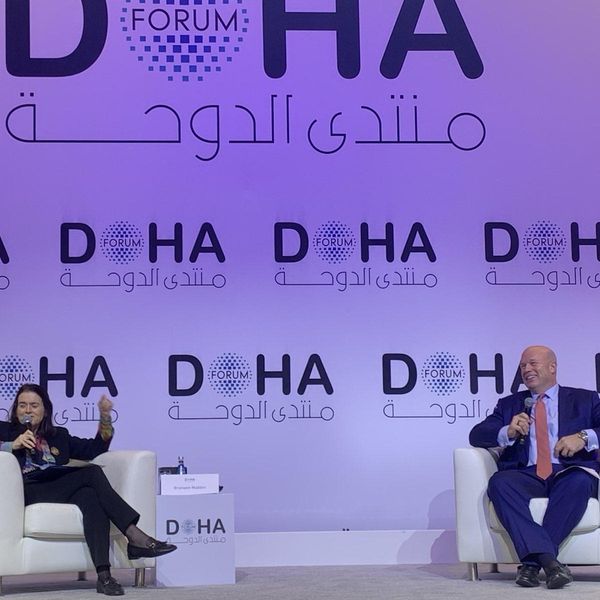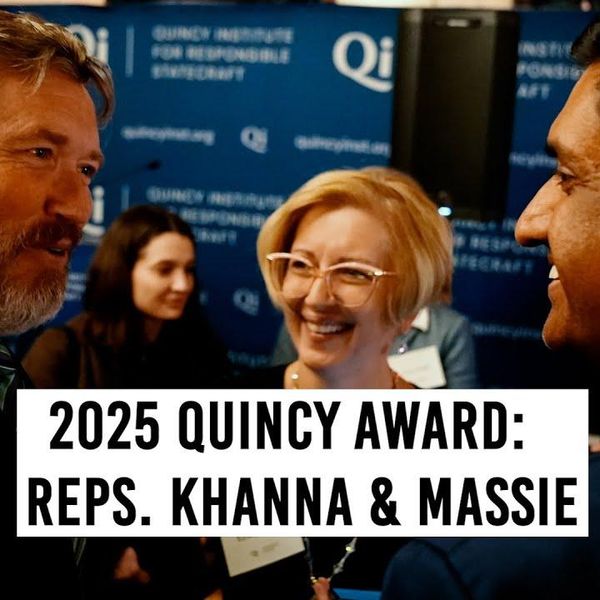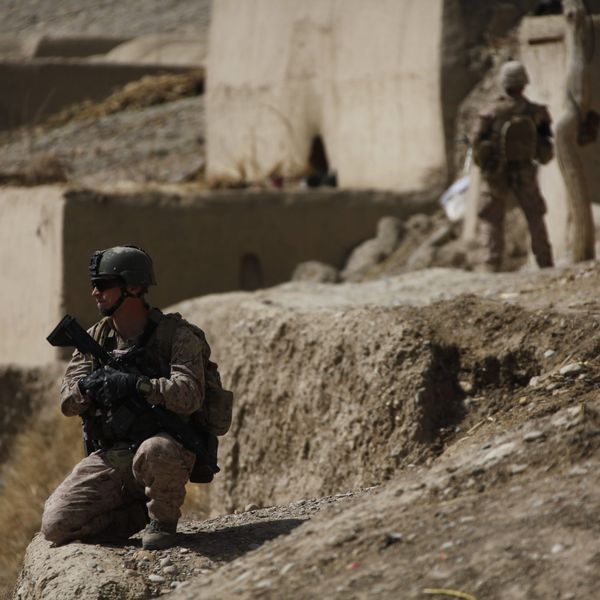On May 22, Iran’s Supreme Leader Ayatollah Ali Khamenei dismissed Rear Admiral Ali Shamkhani, Secretary-General of Iran’s Supreme National Security Council (SNSC).
A relative moderate, Shamkhani had held the post since 2013. He also served as defense minister from 1997 to 2005 during the administration of former President Mohammad Khatami. He played a key role in the recent rapprochement between Iran and Saudi Arabia, acting as Iran’s senior negotiator.
The hardliners who now control Iran’s power hierarchy had always been suspicious of Shamkhani because he was a senior security figure in the administrations of the reformist Khatami and moderate Hassan Rouhani. In addition, two of Shamkhani’s senior deputies had turned out to be spies. One was Alireza Asgari, a brigadier general in the Islamic Revolutionary Guard Corps and Shamkhani’s deputy in the Defense Ministry. After leaving office in 2005, he defected to the United States two years later.
The second one was Alireza Akbari, who was a deputy to Shamkhani from 2000 to 2005 and was executed in January, after he had been arrested and accused of being a British spy. A recent New York Timesreport seems to have confirmed the accusation against him.
Shamkhani’s successor is Rear Admiral Ali Akbar Ahmadian, an IRGC officer who is not very well known in the West. But, as I described over a decade ago (here and here) he is one of the IRGC’s top strategists. He was also very close to Major General Qasem Soleimani who was assassinated by the U.S. in at the Baghdad airport in January 2020.
Born in 1961 in the town of Babak in the province of Kerman, Ahmadian graduated from high school, distinguishing himself as an outstanding student, and was then admitted to the medical school of the University of Tehran in 1979. But, when the Iran-Iraq war broke out in September 1980, he left the university and joined the IRGC and fought in the oil province of Khuzestan in southwest Iran.
In 1981, a leftist guerrilla group led by Ashraf Dehghani (a key communist figure who fought against the regime of Shah Mohammad Reza Pahlavi) began attacking government buildings in Bandar Abbas, Iran’s key seaport during the war. Ahmadian and two other IRGC officers were dispatched to Bandar Abbas to put down the group. In March 1982, Ahmadian took part in Operation Fath-Olmobin that the Iranian army and the IRGC launched to liberate a strategic part of Khuzestan occupied by the Iraqi army in a successful operation that eliminated the possibility of the Iraqi army attacking again three strategic towns in that province.
Ahmadian was then put in charge of coordinating IRGC forces in three provinces in the south and southwest, promoted to membership in its command council, and then promoted again to chief of staff of the forces in that region. In 1984, the IRGC created five military districts around Iran, and Ahmadian was appointed as the commander of District 4, covering a vast area in southern Iran, including two strategic provinces on the shores of the Persian Gulf, namely, Bushehr and Hormuzgan.
It was there that Ahmadian began his work on sea warfare, becoming a key figure in Iran’s navy. When in 1985 Ayatollah Ruhollah Khomeini ordered the IRGC to form a separate navy and an air force wing for themselves, Ahmadian was put in charge of the IRGC’s naval forces, a position retained until the end of the war with Iraq in 1988. After the war ended, he was commissioned as a naval officer and was appointed deputy chief of Iran’s navy, which was under the command of Shamkhani.
He also returned to the University of Tehran and graduated as a dentist, and also received his M.S. degree in defense sciences, and his Ph.D. in strategic management from Iran’s National Defense University.
In July 2000, Khamenei appointed Ahmadian as the chief of staff of the IRGC forces (the post is not the same as the top command of the IRGC), replacing Brigadier General Hossein Alaei, a war hero and popular officer who has criticized the regime, including Khamenei in the past. During his tenure there, Ahmadian was credited with modernizing the IRGC’s organization and developing its ten-year plan, which is credited with streamlining IRGC operations. For two years, Ahmadian also served as the chancellor of Imam Hossein University, an IRGC-controlled institution that supposedly instills “ideological purity” in the IRGC officer corps.
In 2007, Khamenei appointed Ahmadian as the head of the IRGC’s Center for Strategic Studies, a post that he held until his appointment to the SNSC. In that same year, after the United Nations Security Council approved Resolution 1737, which imposed sanctions against Iran’s nuclear program, the United States and its European allies also sanctioned Ahmadian. In September 2022, Ahmadian was also appointed by Khamenei to the Expediency Discernment Council, a constitutional body that arbitrates disputes between the Majles [parliament] and the Guardian Council which reviews all legislation to ensure they comply with Islamic principles and which also vets all candidates for national offices.
Ahmadian is one of the first senior officers — if not the first — that institutionalized the strategy of asymmetric warfare in Iran’s military doctrine. It was under Ahmadian’s command that the IRGC navy developed its asymmetric warfare strategy to counter the U.S. Navy’s Fifth Fleet in the Persian Gulf.
The strategy was developed in response to the intervention by the U.S. Navy and NATO forces in the Iran-Iraq war on Iraq’s side under the pretext of protecting oil tankers of Arab nations of the Persian Gulf. Operation Praying Mantis, as it was called, destroyed roughly one quarter of Iran’s larger naval ships in April 1988. Since then, the IRGC navy has relied on fast “swarming” boats, plus land-based missiles on the shores of the Persian Gulf, to defends its interests in the Gulf.
The efficiency and success of that strategy was amply demonstrated in the war between Israel and the Lebanese Hezbollah in the summer of 2006. Indeed, a Pentagon report stated that, “Iran’s unconventional forces are trained according to its asymmetric warfare doctrine and would present a formidable force while defending Iranian territory.”
Although Ahmadian does not speak much publicly, he is known to be a hardliner who believes, and has stated repeatedly, that the IRGC is justified in intervening in all aspects of national affairs in order “to protect the Revolution.” He has warned that insufficient attention has been paid to what he calls the “soft threat” faced by the Islamic Republic in the form of Western culture and modern means of communications, such as the internet and social networks. He has lectured on the subject extensively, and a book representing his views has also been published.
Ahmadian is also known to be fiercely loyal to Khamenei and his son Mojtaba, at a time fierce behind-the-scenes maneuvering is taking place for the succession to the Supreme Leader, and when many believe that Khamenei would like Mojtaba to succeed him.
Khamenei has recently expressed some flexibility regarding foreign policy. Iran is mending fences with the Arab nations of the Persian Gulf, and the trip to Tehran by Oman’s Sultan, Haitham bin Tariq al-Said, is another indication of this flexibility, since Oman has always acted as an interlocuter between Tehran and the West.
At the same time, many IRGC senior officers have always opposed the JCPOA, the 2015 nuclear agreement between Iran and the P5+1 group — the five permanent members of the UN Security Council plus Germany. In March 2016, shortly after JCPOA went into effect, the IRGC tested a new missile to demonstrate its unhappiness. More recently, amid reports of indirect negotiations between Iran and the Biden administration on reviving the JCPOA, and the apparent resolution of two disputes between Iran and the International Atomic Energy Agency, the IRGC showcased its latest missile, the Khoramshahr-4.
By appointing Ahmadian, a loyalist, to his new post, Khamenei seems to indicate that he wants to counter the IRGC pressure against the more accommodating trajectory in Iran’s foreign policy. As a hardliner, however, Ahmadian may be expected to deal with possible future protests within Iran more firmly than his predecessor — an assessment that does not bode well for the Iranian people and their legitimate demands for a democratic society, the elimination of corruption, and an improved economy.


